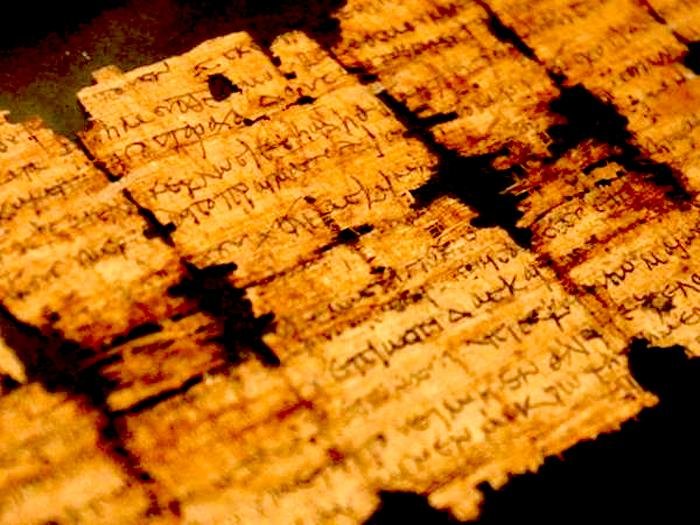Forgeries have been a problem with the Dead Sea Scrolls since the first ones were found in 1947 by Bedouin shepherds in a cave near what is now known as the Qumran site. Eventually, 11 (some say 12) caves were found housing some 900 manuscripts and up to 50,000 fragments in forms ranging from full scrolls to minute pieces. As they contain the contents of the Hebrew Bible, competition between scholars and collectors to possess the scrolls was immediately fierce, costly and fraught with frauds. Eventually, carbon dating of the leather they were written on eliminated fakes that weren't around 2,000 years old.
That test is no longer enough, says Kipp Davis. Counterfeiters have been able to obtain old leather for forgeries. In an interview with The Times of Israel, Davis says experts must now consider things like the quality of penmanship.
"One of the things that is striking is that the fragments that we have suggested are the most suspicious, they're not very well done... just good enough to sell."He watches for odd-shaped letters and says some conform to the shape of the fragment, revealing they were written on the piece, not a scroll. Sometimes the letters contain features that weren't used until much later. In one case, extreme magnification showed modern table salt crystals on the leather and the ink on top of them ... pretty obvious fakery.
Continue reading here.




Regardless 'where, when or who' something comes from in terms of the agencies of this world - its recognition within the unfolding to true is in the heart. The mind follows.
Where there is perceived value, there will be the attempt to pass off as - as the attempt to get from another's willingness to give it away.